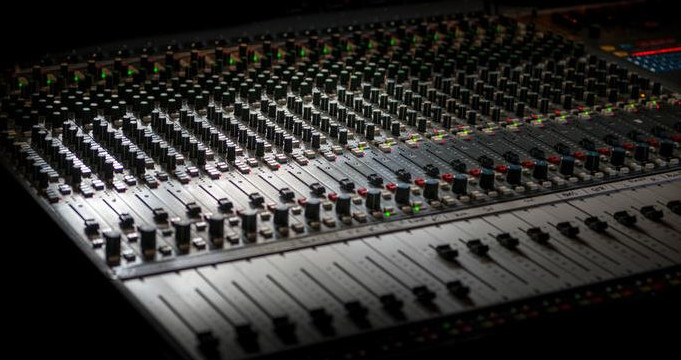How to approach a mix like a professional mix engineer
What do the professionals do? What I do, to get a mix underway and working fast!

1. Check file types are correct. Is the sample rate for session import correct? Work out the tempo for correct editing for cutting and pasting audio. Correct tempo is also needed for calculating reverb and delay times.
2. Colour code tracks. Pick colours for certain types of tracks and stick with the format you choose. This helps a lot visually, picking out different tracks at ease.
3. Gain staging set-up. The master channel meter must not being going over 0dbs, causing clipping. I leave all my faders at 0db. Then highlight all my files in the session and pull down the volume on all the audio files. Check at the chorus point, because this will be the loudest point of the track. Make sure the volume is under 0dbs, aim for -3.0 dbs.
4. Set up main groups. For bass, drums, vocals, backing box, chorus vox, guitars, keyboards, and synths. Ready for group processing.
5. Set up fx sends and returns on a stereo bus. Reverb, delay and chorus.
Ok, ready to start mixing! What to start with?
1. Kick and bass relationship. I find this as the foundation of many songs I mix. I will always work on this first. I see it like building a house, getting the footings correct, setting up the mix with a solid base. All the other layers will sit nicely as I go on.
2. Mix in the main chords. This is to get a feel of the musical elements and the structure of the song. Helps with tuning when I mix in vocals next.
3. Vocal processing. Lead vocal processing. In today's modern music vocals have to be absolutely spot on. So a lot of time is needed here!
4. Drums and percussion.
5. Remaining sounds.
Your mix should be starting to sound great. Want more energy, movement and vibe! I'm now thinking - automation programming. Automation of volume, automation of effects like reverb, delay and other special effects.
All the best Clive Knightley
Mixing-Online.co.uk
